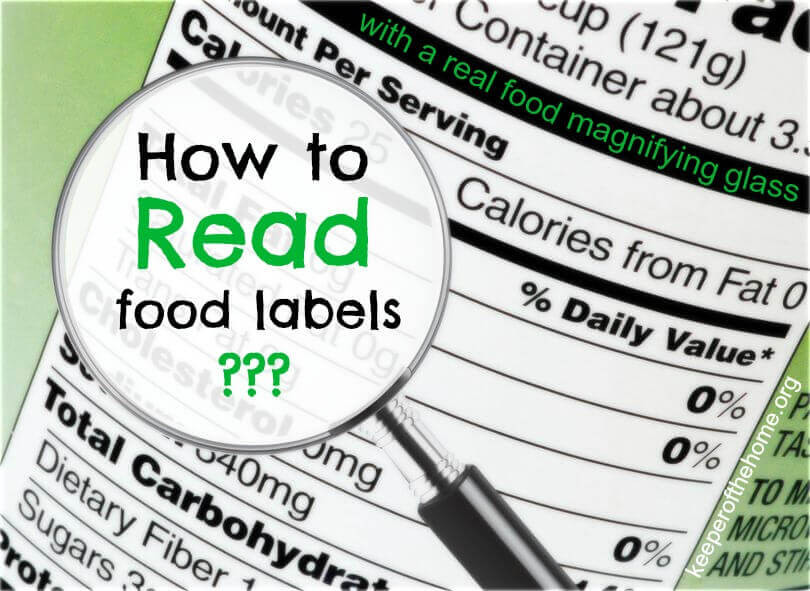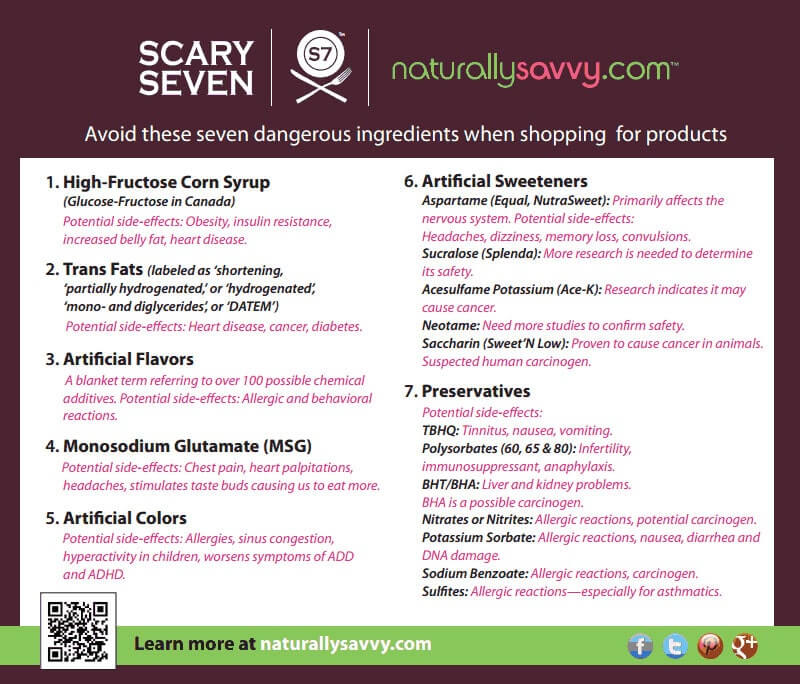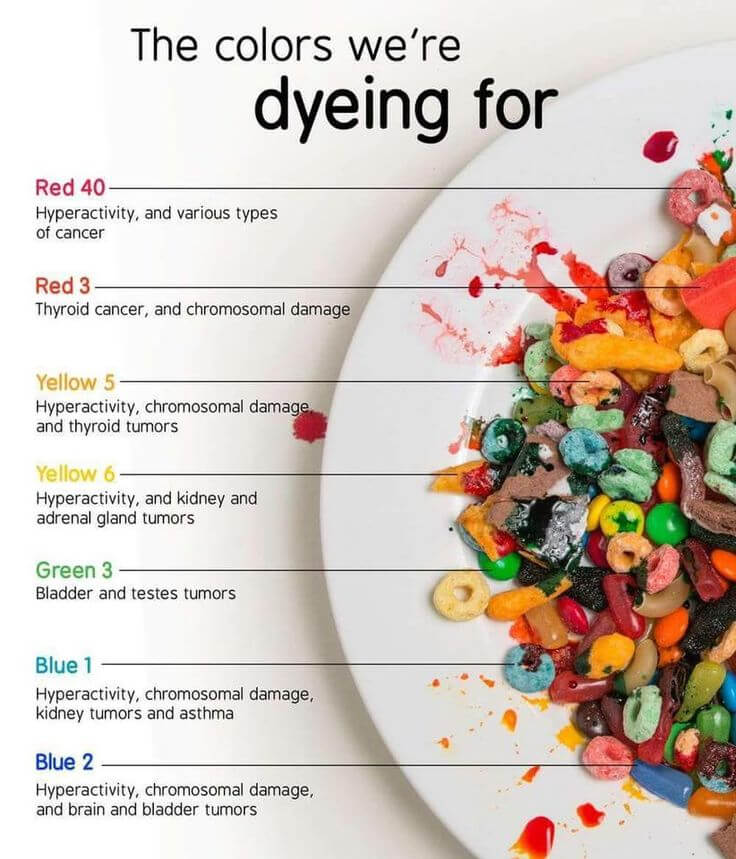
Shopping for healthier foods can feel overwhelming, especially when faced with the long lists of ingredients and nutritional information on food labels. But don’t worry, I've got some tips to help you navigate the aisles with confidence and make better choices for you and your family.
1. Check the Ingredients List
The first place to start is the ingredients list. As a general rule, the fewer ingredients, the better. Look for whole foods you recognize, and steer clear of items with long lists of unpronounceable chemicals. If you see a list that reads more like a chemistry experiment than something you’d find in your pantry, it’s best to leave it on the shelf.
2. Watch for Hidden Sugars
Sugar can sneak into your diet under many different names. Ingredients like high-fructose corn syrup, dextrose, and cane sugar are all sugars in disguise. Be especially cautious with artificial sweeteners like aspartame and sucralose, as they aren’t the healthy replacements they seem to be. Instead, opt for natural alternatives like:
- Coconut sugar
- Pure stevia
- Erythritol (although some have stomach issues with it, I do not)
- Raw honey
- Pure maple syrup
3. Understand Serving Sizes
Serving sizes on food labels can be misleading. What might look like a single serving could actually be multiple servings. Compare the serving size to the amount you actually eat to get a true picture of what you’re consuming. This is particularly important for high-calorie and high-sugar foods.
4. Spot the Additives
Additives are used to preserve food, enhance flavor, and improve texture, but they’re not always good for your health. Common preservatives to watch out for include:
- Sodium benzoate
- BHA (butylated hydroxyanisole)
- BHT (butylated hydroxytoluene)
- Nitrates/nitrites
Whenever possible, choose products with fewer or no artificial additives.

5. Avoid Glyphosate
Glyphosate is a herbicide commonly found in non-organic foods, and it has been linked to various health concerns. Choosing organic or non-GMO products can help reduce your exposure to this chemical. Organic foods are grown without synthetic pesticides and fertilizers, making them a safer choice for your family.
6. Be Wary of Food Dyes
Food dyes are used to make products more visually appealing, but they can have negative health effects. Studies have linked certain artificial dyes to hyperactivity in children and other behavioral issues. Look out for dyes such as:
- Red 40
- Yellow 5
- Blue 1
Opt for products that use natural colorings like beet juice, turmeric, or paprika.

Making Informed Choices
Making informed choices doesn’t have to be hard. Start small by gradually incorporating these tips into your shopping routine, and soon you’ll be a label-reading pro. Remember, it’s about progress, not perfection. Even small changes can make a big difference in your overall health.
What's Your Go-To Tip?
What’s your go-to tip for healthier shopping? Share your tips in the comments below! Let's help each other make better choices for our families. 🌟
---
By following these simple tips, you’ll be well on your way to making healthier choices at the grocery store. Happy shopping!















0 Comments